The Shimotsutsumi-G Site -the Paleolithic Culture- Report of Excavation, 1982
Outline of the Shimotsutsumi-G Site -the Paleolithic Culture-
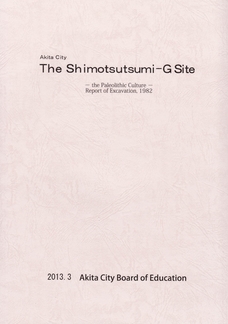
The Shimotsutsumi-G Site is located in the southern suburb of Akita City, Akita Prefecture . Itis situated on the middle river terrace of the right bank from the Iwami River in Akita Plains where is at a height of 41.5m above sea level. The site was discovered by the Akita City Board of Education in 1982.
A total of 872 paleolithic artifacts were discovered from the Shimotsutsumi-G Site. 825 artifacts in the Late Paleolithic Period which exhibited two concentrated areas were recorded.
The stratigraphy at the site is as follows:
Stratum 1: modern cultivated layer
Stratum 2: Jomon Period layer
Stratum 3: transitional layer
Stratum 4a: yellowish brown clayey silt
Stratum 4b: dark yellowish brown clayey silt
Stratum 4c: bright brown clayey silt
Stratum 4d: bright brown clayey silt including small gravel
Stratum 5~7: terrace gravel layer
Paleolithic artifacts in stratum 4a and 4b are inferred in situ.
The assemblage consists of backed knives (N=16), trapezoid tools (N=20), blades (N=53), trapezoid flakes (N=95), side-scrapers (N=1), end-scrapers (N=1), retouched-flakes (N=11), cores (N=61), flakes(N=338), chips (N=275) and pebble tools (N=1), The total number is 872(Table.3.). Most of lithic artifacts were made of hard siliceous shale, but pebble tool were made of quartz porphyry.
We consider that these lithic artifacts were belonged to the first half of the Upper Paleolithic Period.
663 lithic artifacts (76.0% of all lithic artifacts) were classified as 12 nodules, and 354 lithic artifacts (40.6% of all lithic artifacts) are refitted. We consider that some row materials of lithic artifacts were gotten around the Shimotsutsumi-G Site.
Stone flaking technique is classified into five types.
1.-a and 1.-b types of flaking technique are so-called “Blade Technique”. Core blanks of 1. -a type are large flake. In contrast, Core blanks of 1. -b type are polyhedral. These blade techniques are characterized by plane platform. Blank flakes of backed knives were made by these blade techniques. 2. -a, 2. -b and 2.-c type of flaking technique produced 1 : 1 (ratio length : width) flakes. Core blanks of 2. -a and 2. -b are large flakes. Core blanks of 2. -c type are polyhedral. These flaking techniques produced blank flakes of trapezoid tools and trapezoid flakes. The each flaking technique type is recognized in same refitted lithicartifact-group.
Especially 2. -a type flaking technique is called “Yonegamori Technique”. The technique is the first to be found at Yonegamori Site in Akita Prefecture.
The explanation of Yonegamori Technique is as follows:
- Preparing a large piece of flake which is a material for a core blank
- Flaking large pieces to make up the platform
- Knapping to flake the piece consecutively to start flaking clockwise
The flakes, the ratio of 1 : 1, appear identical to hinge fracture. These flakes which are ventral portion of core blank have both positive and negative faces on backside. The flakes are divided into “Trapezoid Flakes” in this report. As necessary, “Trapezoid Flakes” are manufactured into trapezoid tools by retouching. These trapezoid flakes and trapezoid tools which is made by Yonegamori Technique are called“Yonegamori Type Trapezoid Tools”.
According to the result of lithic use-wear analysis by Dr. Yoshitaka Kanomata, an Associate Professor of Tohoku University, backed knives were probably used as cutting or sawing toughened things. Yonegamori Type Trapezoid Tools were probably used as cutting and sawing woods, bones/antlers or dried hide. The most frequent utilized potion was the center of their right side edge and the positive face on both ventral surface and dorsal surface. Furthermore, Dr. Kanomata considers that when a man uses the Yonegamori Type Trapezoid Tool effectively, he needs to grab especially the opposite side of cutting edge naturally (Fig.1.). In other words, morphological characteristics of Yonegamori Type Trapezoid Tools are strongly related to functional factors.
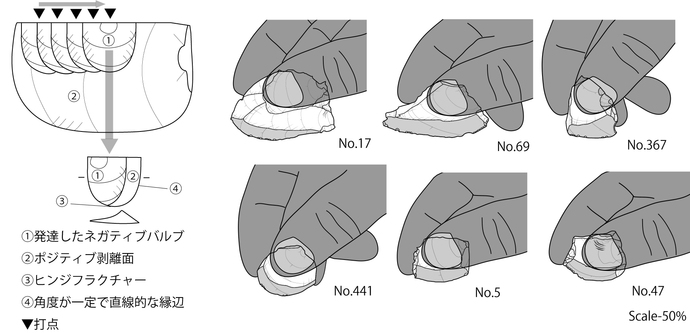
Lithic distribution at the Shimotsutsumi-G Site was composed of two lithic concentrated units .The main concentrated unit is BL1 which of the diameter of lithic distribution is about 10m. Three concentrated areas of pebble and four earthen pits were discovered. Three of the earthen pits were found under the concentrations of pebble. Pebbles were broken and became red because of fire. Lithic distributions and concentrated areas of pebble are not overlapping. Each unit of refitted lithic artifacts groups had a different distribution by driblets. It is considered that these patterns might show an individual human behavior of production of stone tools.
Paleolithic artifact of the Simotsutsumi-G Site is one of the representative stone tool industries of the first half of the Upper Paleolithic Period in Japan, therefore, this site is considered to be very important to study Paleolithic Period.
Attributes
Report(PDF)
-
All Capter (PDF 60.8MB)

SizeA4,202p
(divided version)
-
1.From Cover to Chapter2 (PDF 7.5MB)

-
2.Chapter3-part1 (Discription about excavated artifacts and distribution) (PDF 2.6MB)

-
3.Chapter3-part2 (Figure of tools) (PDF 6.9MB)

-
4.Chapter3-part3(Figure of refitted lithic artifacts・Nodule No.A) (PDF 16.5MB)

-
5.Chapter3-part4(Figure of refitted lithic artifacts・Nodule No.B) (PDF 7.1MB)

-
6.Chapter3-part5 (Figure of refitted lithic artifacts・Nodule No.C and D) (PDF 2.9MB)

-
7.Chapter3-part6 (Distribution of lithic artifacts) (PDF 3.9MB)

-
8.Chapter4 (General overview) (PDF 1.0MB)

-
9.Appendix1 (tephras analysis) (PDF 3.2MB)

-
10.Appendix2 (Use-wear analysis) (PDF 7.6MB)

-
11.Plate_color (PL.1-4) (PDF 3.8MB)

-
12.Plate_monochrome (PL.5-18) (PDF 4.2MB)

-
13.From summary to backcover (PDF 629.1KB)

Photo
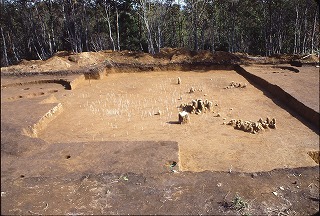
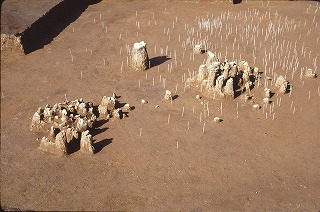
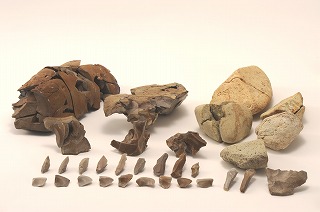
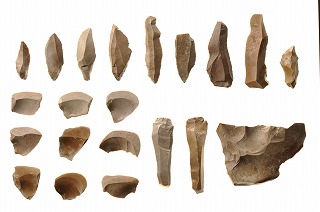
PDFファイルをご覧いただくには、「Adobe(R) Reader(R)」が必要です。お持ちでない方はアドビシステムズ社のサイト(新しいウィンドウ)からダウンロード(無料)してください。
よりよいウェブサイトにするために、ページのご感想をお聞かせください。
このページに関するお問い合わせ
秋田市観光文化スポーツ部 文化振興課
〒010-8560 秋田市山王一丁目1番1号 本庁舎3階
電話:018-888-5607 ファクス:018-888-5608
お問い合わせは専用フォームをご利用ください。
